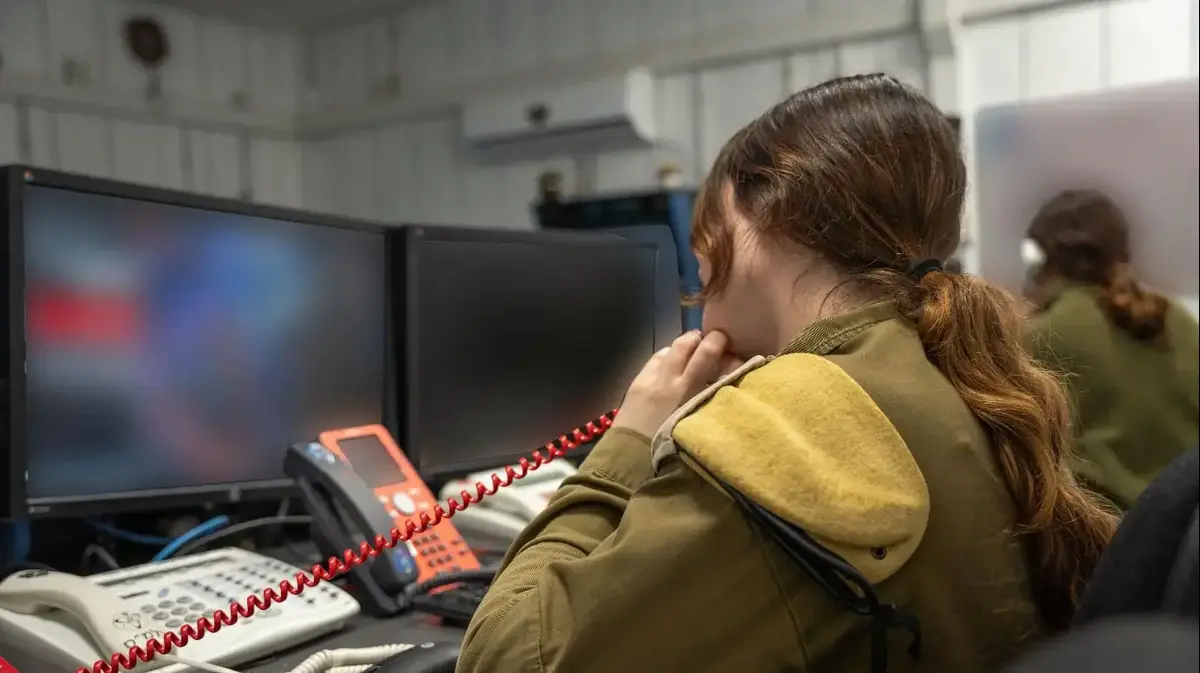Black garden ants infected by a fungus wander away from the nest to die.
Like humans, ants isolate themselves from each other when faced with a pathogen.
Like humans, baboons avoid those who are infected.
And, like humans, sick vampire bats reduce their contacts to their closest family, their mothers.
But a review of the strategies that animals use to cope with their own pandemics shows two extremes less common in humans: among social insects, the violent expulsion of the infected can occur, but also the sick who feel death close to them move away forever and thus protect the colony.
Sebastian Stockmaier is an animal behavior researcher at the University of Texas at Austin (USA).
He is also the co-author of a review published in
Science
of what science knows about how animals change their behaviors to deal with their pathogens.
Stockmaier is clear that humans have not invented anything.
“I am not surprised that animals exhibit similar behaviors to contain the spread of contagious diseases.
We are not the only ones who continually have pathogens to deal with, ”he says in an email.
"In particular, it does not surprise me how they have developed patterns that protect healthy individuals from infection, avoiding sick congeners, for example."
Passive self-isolation is perhaps the most universal strategy and is part of human and animal physiology.
Like when a human catches the flu, the specimens of many species go into a lethargy that leads them to reduce interaction with the rest of the group.
And the less contact, the less contagion.
Baboons stop grooming those infested by an intestinal protozoan.
How do they know?
Your stools smell different
Physiology also serves to give clues to the healthy about who to isolate.
Among uninfected baboons they have been shown to reduce the grooming services they provide to group members infested with a parasitic intestinal protozoan.
And how do they know?
Because your feces smell different.
In fact, they stop cleaning and scrubbing in the perianal area.
But there are other more active strategies shaped by the selective pressure exerted by pathogens.
Black garden ants, one of the most common in Europe, avoid entering the nest when they become infected with a fungus that grows on their cuticle, the outermost part of their body.
But self-isolation can reach an extreme example of altruism.
Nathalie Stroeymeyt, co-author of the study, and head of the ant epidemiology laboratory at the University of Bristol (UK) tells it: “As a last reaction, when they are close to death, they completely leave the colony to die in isolation.
It is not clear what signals they use to decide when to leave forever, but it has also been observed after ants have been exposed to toxins or CO₂, so it is not specific to a particular disease. "
Eusocial insects such as ants are the animals that have developed the most strategies and behavior changes to curb the spread of pathogens.
Some are altruistic in nature, such as that practiced by damp wood termites, which begin to vibrate minutes after fungus spores adhere to their bodies.
The vibration alerts the others, who are moving away from them.
There is also violence.
Thus, honey bees forcibly expel infected ones from the hive.
All in pursuit of the colony.
"Ants are altruistic and are willing to sacrifice themselves or other ants for the benefit of the colony"
Nathalie Stroeymeyt, Head of the Ant Epidemiology Laboratory at the University of Bristol
There is yet another more fascinating strategy that seems like a good answer to the problem of asymptomatic patients.
Using identification tags attached to the backs of the ants, Stroeymeyt's group has followed their movements in the face of the threat of a pathogen.
They found that once the infection had crept into the nest, the healthy foraging ants and the caretakers of the healthy young stopped coming into contact.
These also changed the pupae of place and the former reduced their entrances into the nest.
The entire colony was organized into compartments in a kind of perimeter closure.
"Ants have developed a large number of mechanisms to reduce the risk of epidemics and, as they are a social species, just as we are, we can possibly be inspired by some of their solutions," says Stroeymeyt.
"For example, they practice proactive quarantine and social distancing, as we have done during the covid pandemic, so they are likely to be very effective measures to combat disease," he adds.
However, the entomologist is clear that there are limits to what we can learn from eusocial insects.
“First, because the structure of the social network within ant societies is very different from that of human societies, which limits direct applications.
Second, because ants are altruistic and willing to sacrifice themselves or other ants for the benefit of the colony (e.g. self-isolation or the killing of infectious individuals), which is not something that is applicable or desirable. in human societies ”.
You can write to
miguel@esmateria.com
or follow
MATERIA
on
,
,
or subscribe here to our
Newsletter
.

/cloudfront-eu-central-1.images.arcpublishing.com/prisa/DFA77P2KCBCMDM5AJ3ETUTLLAE.jpg)
/cloudfront-eu-central-1.images.arcpublishing.com/prisa/MPLNAG522JEG5MUXMO5S4QP6XE.jpg)





